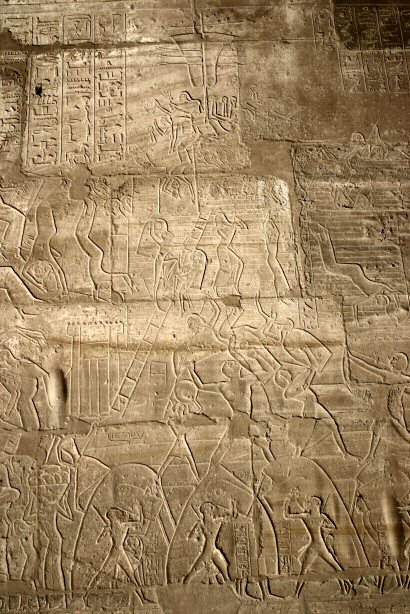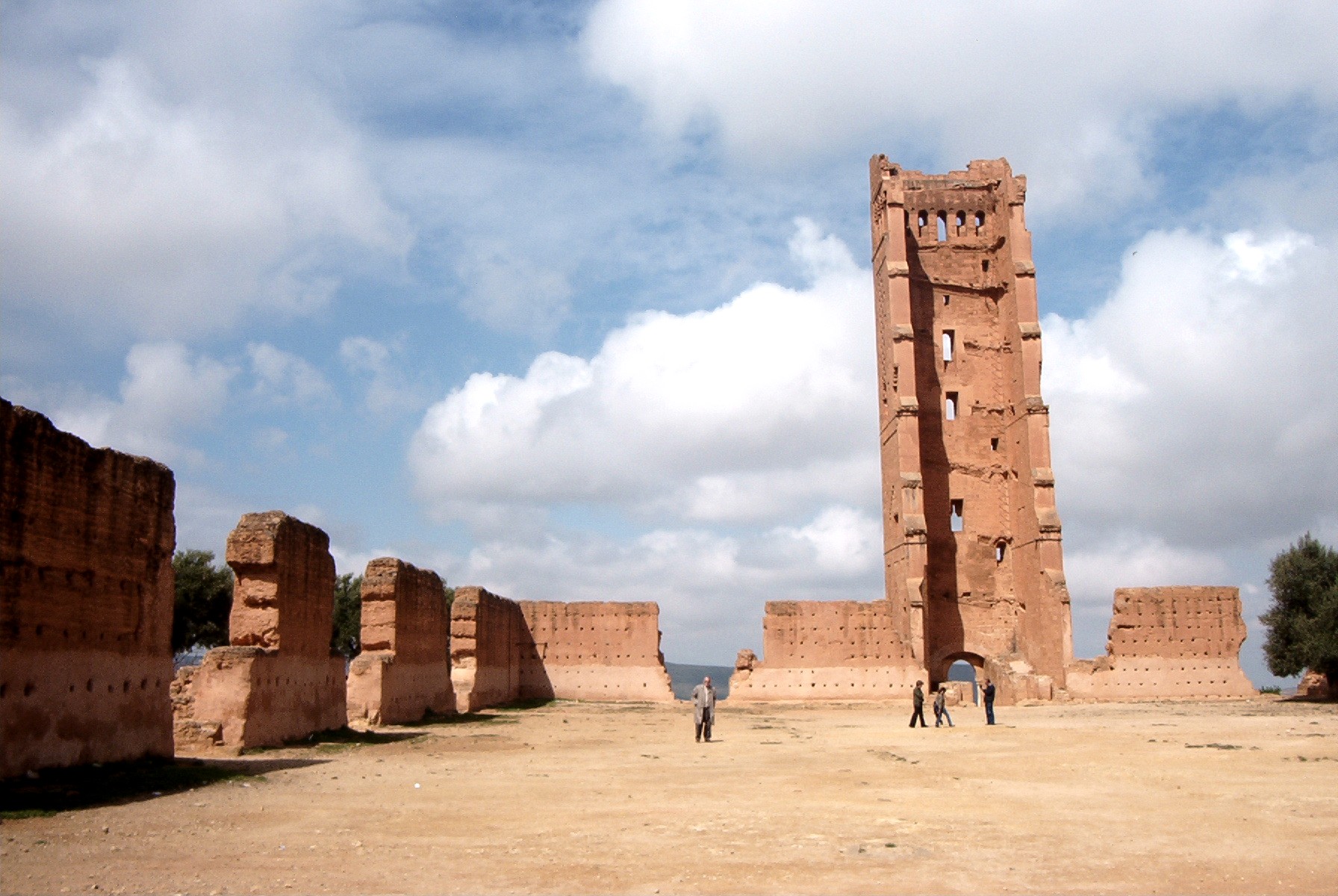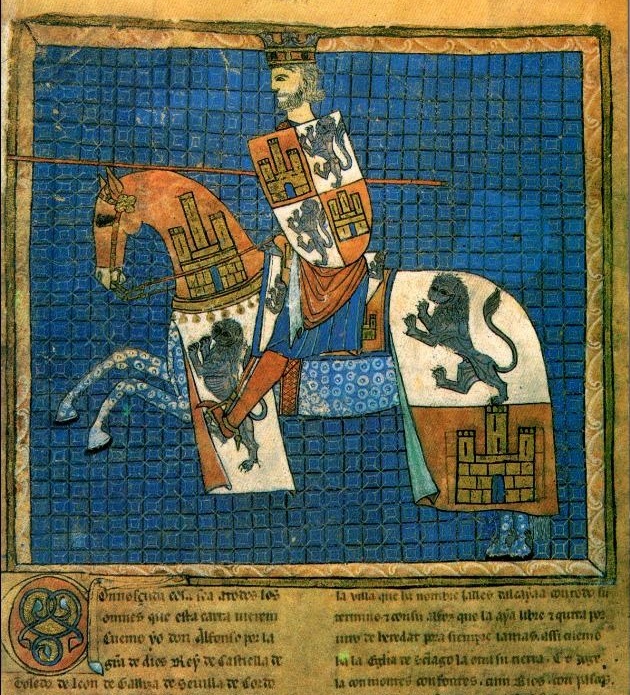|
Siege Of Jerez (1264)
The siege and conquest of Jerez de la Frontera took place on 9 October 1264 (other sources cite 3 October 1266) by the Christian troops of Alfonso X of Castile. The city had been conquered a few years earlier after the siege of Jerez (1261) from the Andalusian King Ibn Abit, but retaken by the Muslims during the Mudéjar revolt of 1264–1266. This event is part of the Reconquista, a historical process that took place in Spain between 722 and 1492, during which the Christian Kingdoms of the Iberian Peninsula sought control of the territory that remained under Muslim rule. Capitulation of 1261 After the conquest of the city of Seville, Ferdinand III of Castile continued his advance along the lower Guadalquivir river, as a consolidation of the Sevillian campaign and the beginning of the conquest of the southern coast. In 1250 the Kingdom of Castile took Vejer de la Frontera and ten years later El Puerto de Santa María. Cádiz would be conquered on 14 September 1262. Jerez was c ... [...More Info...] [...Related Items...] OR: [Wikipedia] [Google] [Baidu] |
Jerez De La Frontera
Jerez de la Frontera () or simply Jerez, also cited in old English-language sources as , is a city and Municipalities of Spain, municipality in the province of Cádiz in the Autonomous communities of Spain, autonomous community of Andalusia, Spain. Located in southwestern Iberia, it lies on the Campiña de Jerez, an inland low-land plain crossed by the Guadalete river, midway between the Atlantic Ocean, the Guadalquivir river and the western reaches of the Subbaetic System. , with 213,105 inhabitants, Jerez is the most-populated municipality in the province of Cádiz. Its municipality covers an area of and includes Los Alcornocales Natural Park. Winegrowing has long been, particularly upon the transition to modern Agribusiness, agro-extractivism in the mid 18th century, the main drive of the economy of Jerez. During the 19th century, the local wine Sherry was overwhelmingly produced for foreign export, catering to the British market in the first place. Throughout this century ... [...More Info...] [...Related Items...] OR: [Wikipedia] [Google] [Baidu] |
Nuño González De Lara (died 1275)
Nuño González I de Lara (died 8 September 1275), nicknamed ''el Bueno'' ("the Good"), was a Castilian nobleman, royal counsellor and military leader. He was the head of the House of Lara and a close personal friend of Alfonso X. The king's policies often stymied his efforts to increase the power and wealth of his house, and in 1272 he led many prominent noblemen into open rebellion. Restored to favour the next year, he died defending the castle of Écija from a Moroccan invasion. Early life and family Nuño was the younger son of Gonzalo Núñez II de Lara and María Díaz, daughter of Count Diego López II of the House of Haro. His older brother was Diego González, who died around 1239. Nuño was raised on the Lara estates near Villaldemiro and Celada. He became the closest friend of the future Alfonso X during the prince's childhood (1223–31), when King Ferdinand III sent him to be raised away from the royal court. Nuño did not receive a large inheritance, and had ... [...More Info...] [...Related Items...] OR: [Wikipedia] [Google] [Baidu] |
1260s Conflicts
1 (one, unit, unity) is a number, numeral, and glyph. It is the first and smallest positive integer of the infinite sequence of natural numbers. This fundamental property has led to its unique uses in other fields, ranging from science to sports, where it commonly denotes the first, leading, or top thing in a group. 1 is the unit of counting or measurement, a determiner for singular nouns, and a gender-neutral pronoun. Historically, the representation of 1 evolved from ancient Sumerian and Babylonian symbols to the modern Arabic numeral. In mathematics, 1 is the multiplicative identity, meaning that any number multiplied by 1 equals the same number. 1 is by convention not considered a prime number. In digital technology, 1 represents the "on" state in binary code, the foundation of computing. Philosophically, 1 symbolizes the ultimate reality or source of existence in various traditions. In mathematics The number 1 is the first natural number after 0. Each natural number, ... [...More Info...] [...Related Items...] OR: [Wikipedia] [Google] [Baidu] |
Sieges Involving Castile
A siege () . is a military blockade of a city, or fortress, with the intent of conquering by attrition, or by well-prepared assault. Siege warfare (also called siegecrafts or poliorcetics) is a form of constant, low-intensity conflict characterized by one party holding a strong, static, defensive position. Consequently, an opportunity for negotiation between combatants is common, as proximity and fluctuating advantage can encourage diplomacy. A siege occurs when an attacker encounters a city or fortress that cannot be easily taken by a quick assault, and which refuses to surrender. Sieges involve surrounding the target to block provision of supplies and reinforcement or escape of troops (a tactic known as "investment"). This is typically coupled with attempts to reduce the fortifications by means of siege engines, artillery bombardment, mining (also known as sapping), or the use of deception or treachery to bypass defenses. Failing a military outcome, sieges can often be deci ... [...More Info...] [...Related Items...] OR: [Wikipedia] [Google] [Baidu] |
Conflicts In 1264
Conflict may refer to: Social sciences * Conflict (process), the general pattern of groups dealing with disparate ideas * Conflict continuum from cooperation (low intensity), to contest, to higher intensity (violence and war) * Conflict of interest, involvement in multiple interests which could possibly corrupt the motivation or decision-making * Cultural conflict, a type of conflict that occurs when different cultural values and beliefs clash * Ethnic conflict, a conflict between two or more contending ethnic groups * Group conflict, conflict between groups * Intragroup conflict, conflict within groups * Organizational conflict, discord caused by opposition of needs, values, and interests between people working together * Role conflict, incompatible demands placed upon a person such that compliance with both would be difficult * Social conflict, the struggle for agency or power in something * Work–family conflict, incompatible demands between the work and family roles of ... [...More Info...] [...Related Items...] OR: [Wikipedia] [Google] [Baidu] |
Sieges
A siege () . is a military blockade of a city, or fortress, with the intent of conquering by attrition, or by well-prepared assault. Siege warfare (also called siegecrafts or poliorcetics) is a form of constant, low-intensity conflict characterized by one party holding a strong, static, defensive position. Consequently, an opportunity for negotiation between combatants is common, as proximity and fluctuating advantage can encourage diplomacy. A siege occurs when an attacker encounters a city or fortress that cannot be easily taken by a quick assault, and which refuses to surrender. Sieges involve surrounding the target to block provision of supplies and reinforcement or escape of troops (a tactic known as "investment"). This is typically coupled with attempts to reduce the fortifications by means of siege engines, artillery bombardment, mining (also known as sapping), or the use of deception or treachery to bypass defenses. Failing a military outcome, sieges can often be deci ... [...More Info...] [...Related Items...] OR: [Wikipedia] [Google] [Baidu] |
13th-century Conflicts
The 13th century was the century which lasted from January 1, 1201 (represented by the Roman numerals MCCI) through December 31, 1300 (MCCC) in accordance with the Julian calendar. The Mongol Empire was founded by Genghis Khan, which stretched from Eastern Asia to Eastern Europe. The conquests of Hulagu Khan and other Mongol invasions changed the course of the Muslim world, most notably the Siege of Baghdad (1258) and the destruction of the House of Wisdom. Other Muslim powers such as the Mali Empire and Delhi Sultanate conquered large parts of West Africa and the Indian subcontinent, while Buddhism witnessed a decline through the conquest led by Bakhtiyar Khilji. The earliest Islamic states in Southeast Asia formed during this century, most notably Samudera Pasai. The Kingdoms of Sukhothai and Hanthawaddy would emerge and go on to dominate their surrounding territories. Europe entered the apex of the High Middle Ages, characterized by rapid legal, cultural, and religious ev ... [...More Info...] [...Related Items...] OR: [Wikipedia] [Google] [Baidu] |
Marinid Dynasty
The Marinid dynasty ( ) was a Berbers, Berber Muslim dynasty that controlled present-day Morocco from the mid-13th to the 15th century and intermittently controlled other parts of North Africa (Algeria and Tunisia) and of the southern Iberian Peninsula (Spain) around Gibraltar. It was named after the Banu Marin (, Berber languages, Berber: ''Ayt Mrin''), a Zenata, Zenata Berber tribe. It ruled the Marinid sultanate, founded by Abd al-Haqq I.C.E. Bosworth, ''The New Islamic Dynasties'', (Columbia University Press, 1996), 41-42. In 1244, after being at their service for several years, the Marinids overthrew the Almohad Caliphate, Almohads which had controlled Morocco. At the height of their power in the mid-14th century, during the reigns of Abu al-Hasan Ali ibn Othman, Abu al-Hasan and his son Abu Inan Faris, Abu Inan, the Marinid dynasty briefly held sway over most of the Maghreb including large parts of modern-day Algeria and Tunisia. The Marinids supported the Emirate of Grana ... [...More Info...] [...Related Items...] OR: [Wikipedia] [Google] [Baidu] |
Muhammad I Of Granada
Abu Abdullah Muhammad ibn Yusuf ibn Nasr (; 22 January 1273), also known as Ibn al-Ahmar (, ) and by his honorific al-Ghalib billah (, ), was the first ruler of the Emirate of Granada, the last independent Muslim state on the Iberian Peninsula, and the founder of its ruling Nasrid dynasty. He lived during a time when Iberia's Christian kingdoms—especially Portugal, Castile and Aragon—were expanding at the expense of the Islamic territory in Iberia, called Al-Andalus. Muhammad ibn Yusuf took power in his native Arjona in 1232 when he rebelled against the de facto leader of Al-Andalus, Ibn Hud. During this rebellion, he was able to take control of Córdoba and Seville briefly, before he lost both cities to Ibn Hud. Forced to acknowledge Ibn Hud's suzerainty, Muhammad was able to retain Arjona and Jaén. In 1236, he betrayed Ibn Hud by helping Ferdinand III of Castile take Córdoba. In the years that followed, Muhammad was able to gain control over southern cities, includ ... [...More Info...] [...Related Items...] OR: [Wikipedia] [Google] [Baidu] |
Siege Of Jerez (1261)
The siege of Jerez by King Alfonso X of Castile took place in 1261 (in A.H. 659 December 1260–25 November 1261 according to Ibn ʿIdhārī), presumably in the late spring or early summer. It resulted in the incorporation of Jerez de la Frontera into the Crown of Castile. The Siege At the time of the siege, Jerez was one of several autonomous Muslim enclaves left over after the collapse of Ibn Hud's principality and the successful ''reconquista'' campaigns of Alfonso's father, Ferdinand III. Besides the large kingdoms of Granada, Murcia and Niebla, several small city-states had maintained a precarious independence. At the time of its conquest, Jerez was ruled by Ibn Abit, whom Castilian sources call ''Abén Habit'' and style ''señor'' (lord) of Jerez. Shortly after Alfonso succeeded his father in 1252, several of the autonomous towns— Arcos, Jerez, Lebrija, Medina Sidonia and Vejer—that had submitted to Ferdinand and agreed to pay tribute after the fall of Seville in ... [...More Info...] [...Related Items...] OR: [Wikipedia] [Google] [Baidu] |
Alfonso X Of Castile
Alfonso X (also known as the Wise, ; 23 November 1221 – 4 April 1284) was King of Castile, Kingdom of León, León and Kingdom of Galicia, Galicia from 1 June 1252 until his death in 1284. During the April 1257 Imperial election, election of 1257, a dissident faction chose him to be king of Germany on 1 April. He renounced his claim to Germany in 1275, and in creating an alliance with the Kingdom of England in 1254, his claim on the Duchy of Gascony as well. Alfonso's scientific interests—he is sometimes nicknamed the Astrologer (''el Astrólogo'')—led him to sponsor the creation of the Alfonsine tables, and the Alphonsus (crater), Alphonsus crater on the Moon is named after him. He also sponsored the work of historians who, for the first time since Isidore of Seville in , placed Spain in the context of world history. As a lawmaker he introduced the first vernacular law code in Castile, the ''Siete Partidas''. He created the Mesta, an association of sheep farmers in the cen ... [...More Info...] [...Related Items...] OR: [Wikipedia] [Google] [Baidu] |




